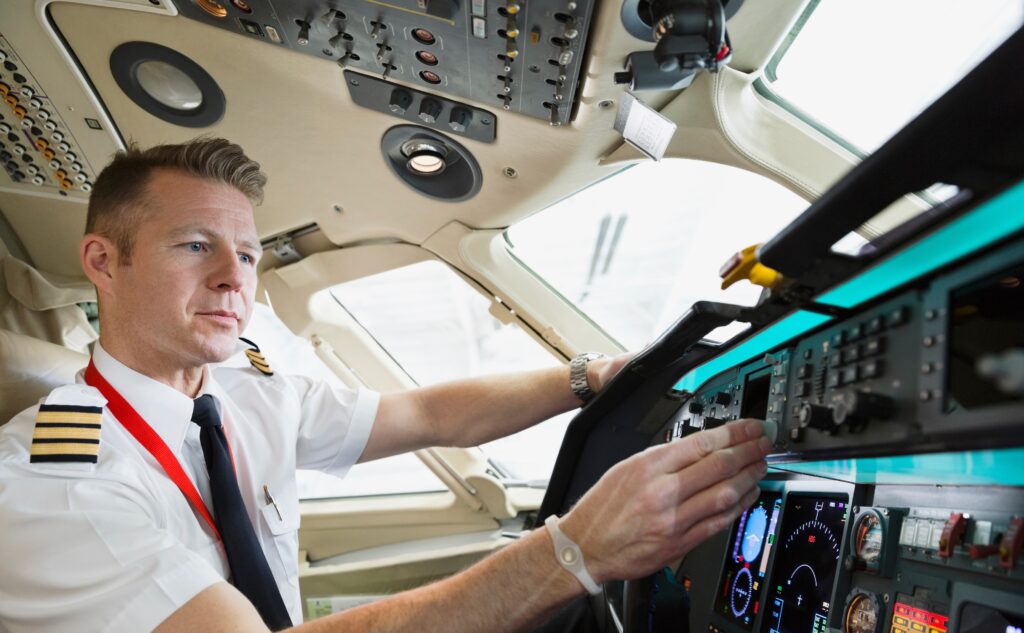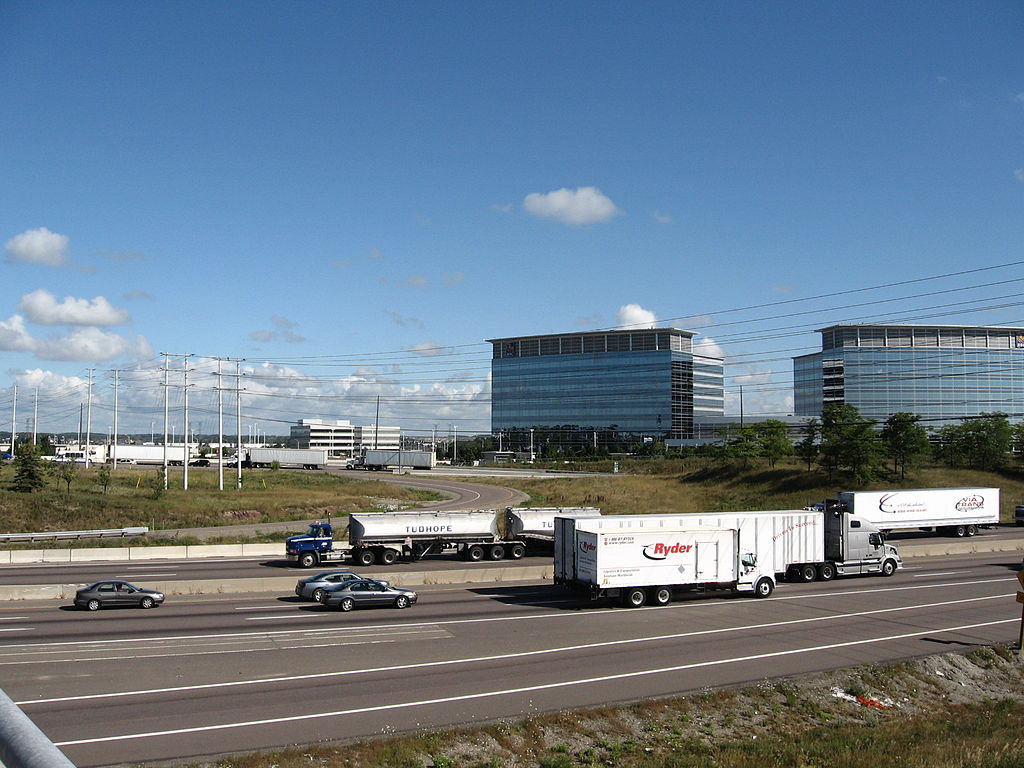The aviation sector has always been at the forefront of technological advancements, striving to enhance both safety and user experience. As we venture into an era where technology becomes an extension of the human body, the confluence of wearables with aviation promises to rewrite the rules of the game. The aviation industry, like many others, is undergoing a transformative shift.
One pivotal change is the integration of wearable technology in aviation life support systems. These advancements have the potential to revolutionize not only flight safety but also the broader aviation experience.
Why Wearable Tech Matters In Aviation
- Improving Flight Safety: The core purpose of aviation life support systems is to protect and assist flight crews. By incorporating wearable technology, real-time monitoring of pilots’ health can be achieved, ensuring they are always at the top of their game.
- Enhanced Communication: Traditional communication systems can sometimes fail or be cumbersome. Wearable tech, by virtue of being on the person, promises constant, fail-safe communication, making it a feather in the cap for any aviation system.
- Training and Simulation: Wearable tech, especially augmented reality (AR) devices, can transform pilot training by providing hands-on experience in a virtual environment.
Examples Of Wearable Tech In Aviation
- Smart Glasses: These are not just a cool accessory! They can display essential flight data directly onto the pilot’s line of sight, making information access quicker.
- Health Monitoring Wearables: Devices that monitor heart rate, blood pressure, and even fatigue levels, offering timely alerts in case of any anomalies.
- Haptic Feedback Suits: These suits provide tactile feedback, assisting pilots in recognizing and addressing potential issues during flights.
Comparing Traditional And Wearable Tech
Traditional life support systems have built the foundation on which modern aviation safety stands, characterized by their robustness and years of dependable service. They’ve been the silent sentinels in cockpits, ensuring that pilots can navigate the skies safely. However, wearable tech offers a fresh perspective, seamlessly integrating human and machine for a more intuitive experience.
For instance, while the traditional systems might rely on manual inputs and checks, the wearables provide real-time feedback and auto-updates. Nonetheless, this doesn’t imply the redundancy of age-old systems; instead, it points to an era where they coexist, each complementing the other. The blend of tradition and innovation presents a fascinating trajectory for the aviation sector’s future.
How Do These Technologies Integrate?
Integrating wearable technologies with traditional aviation systems is like bridging the old and the new, paving the way for a harmonized flight experience. The key lies in creating an ecosystem where both can communicate without hitches. There’s a symbiotic relationship at play.
Wearable tech interfaces with the aircraft’s onboard systems, enhancing data collection and dissemination. Imagine a pilot’s smart glasses interfacing with the plane’s navigation system, providing him or her with real-time updates. The seamless amalgamation of these technologies is ushering in a new era of aviation where data-driven insights and human intuition walk hand in hand.
Wearable Tech’s Impact On Emergency Situations
The real litmus test for any life support system is its performance during emergencies. Wearable tech shines bright here:
In cases of sudden health issues, the wearable devices can send instant alerts, enabling timely intervention.
AR can guide pilots during tricky maneuvers or when visibility is compromised.
Challenges In Implementation
- Cost Factor: Integrating advanced wearable tech is an investment. It’s essential to weigh the pros against the initial financial outlay.
- Training Needs: Introducing new tech requires proper training for the flight crew to harness its full potential.
Feedback from the Field
Listening to the voices from the cockpit provides invaluable insights into the real-world applicability of these technologies. First-hand experiences often shed light on nuances that may be missed in controlled test environments. Talk to any tech-savvy pilot, and they’ll sing praises for wearable tech.
However, some seasoned pilots prefer the good old ways, feeling that wearables might be a tad distracting. Balancing these views is crucial for effective implementation. Through continuous feedback and iterative refinements, the aviation industry can ensure that wearables add value without compromising the pilot’s comfort or focus.
The Way Forward
As we chart the course ahead, it’s clear that adaptability and foresight will determine how well the aviation sector embraces these technological wonders. Stakeholder collaboration, from manufacturers to end-users, is paramount to shape a future where wearables are the norm rather than the exception. To put it bluntly, there’s no stopping the march of technology.
As innovations continue to emerge, their integration into aviation life support systems seems inevitable. However, the focus should always remain on safety, efficiency, and ease of use. Embracing this new paradigm will require a blend of enthusiasm for innovation and respect for the timeless principles of aviation safety.
The Bigger Picture
Broadening our lens, it’s evident that the innovations in aviation are merely a reflection of a global trend towards integrating wearable technology in various industries. From healthcare to logistics, the resonance of wearable tech is palpable, indicating a seismic shift in how we perceive and interact with technology. While we’re knee-deep discussing aviation, it’s essential to see the broader horizon.
The ripple effects of these advancements can influence other transport sectors, leading to a more interconnected, safer future. This technological evolution paints a picture of a world where efficiency and human well-being are central, redefining our relationship with machines.
FAQs
Q: Are wearable technologies safe and reliable for aviation use?
A: Yes, they undergo rigorous testing to ensure they meet aviation standards.
Q: How do pilots feel about integrating wearables into their routine?
A: Many pilots appreciate the added layer of safety and convenience, but like all changes, it takes time for complete adaptation.
Q: What about maintenance for these wearable devices?
A: These gadgets, while robust, require regular updates and checks to ensure optimal performance.
Q: How does wearable tech influence the passenger experience?
A: While primarily focused on pilot assistance, the integration of wearables can lead to improved in-flight communication and safety measures, indirectly enhancing the passenger experience.
Q: Are there concerns about data privacy with the use of wearables in aviation?
A: Yes, like with all tech integrations, data privacy is a concern. The industry is working on stringent measures to ensure data collected remains confidential and is used ethically.
The tapestry of aviation is dotted with numerous technological marvels, and wearable tech is the latest entrant. By merging the human touch with technological prowess, a safer, more efficient future for aviation beckons. As we soar into this future, the integration of wearable technology in aviation life support systems is not just an option; it’s a necessity.


